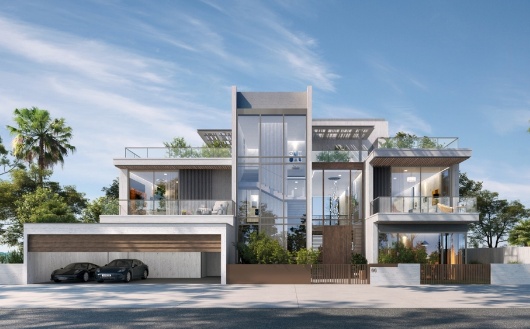The deposit you need
The available deposit you have is calculated by the amount of savings you have less transaction costs (e.g. stamp duty, legal fees) and your “saving buffers”. A savings buffers simply refers to the amount cash you want to have leftover after the purchase. As a rule of thumb, 3 to 6 months’ worth of expenses and loan repayments as a savings buffer is common.
A 20% deposit is the standard which lenders consider as a “safe deposit” level. Paying less than 20% usually comes with strings attached and one of these is Lenders Mortgage Insurance (LMI), which is a significant outlay.
If you have less than 20% deposit, your broker will be able to come up with solutions such as accessing any professional LMI waivers, using equity in your current home, arranging a family guarantee etc.
Tip: Working out the deposit you need is a balancing act, if you contribute too little of a deposit, you end up borrowing too much and risk high ongoing repayments that might restrict your lifestyle and other financial goals. On the other hand, if you contribute too much of a deposit, you risk depleting your cash buffer to ride out any unforeseen circumstances.
Having determined your borrowing power and the available deposit, you should then have some idea on the property budget that you can target. The following example will illustrate how this all works.


